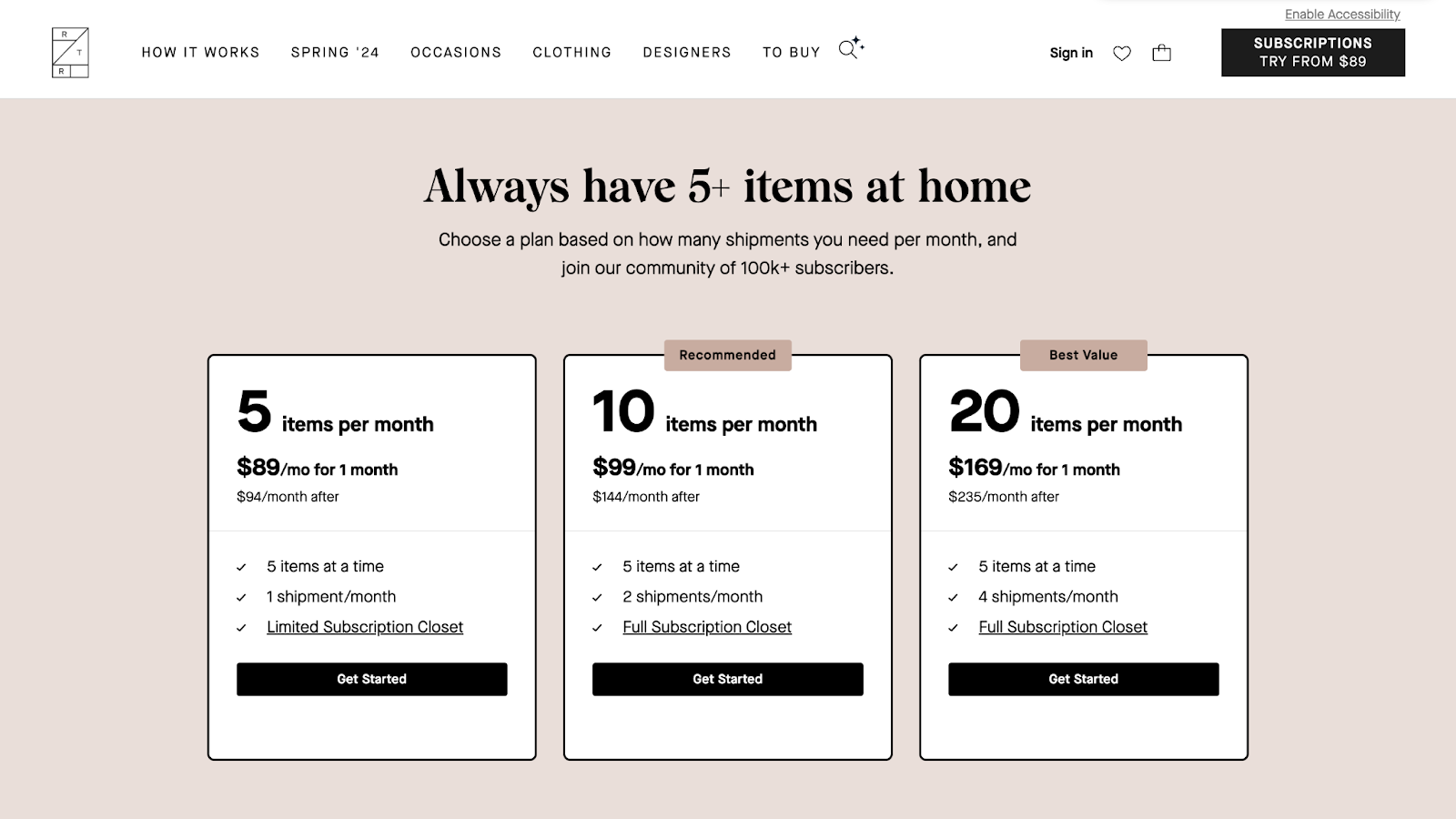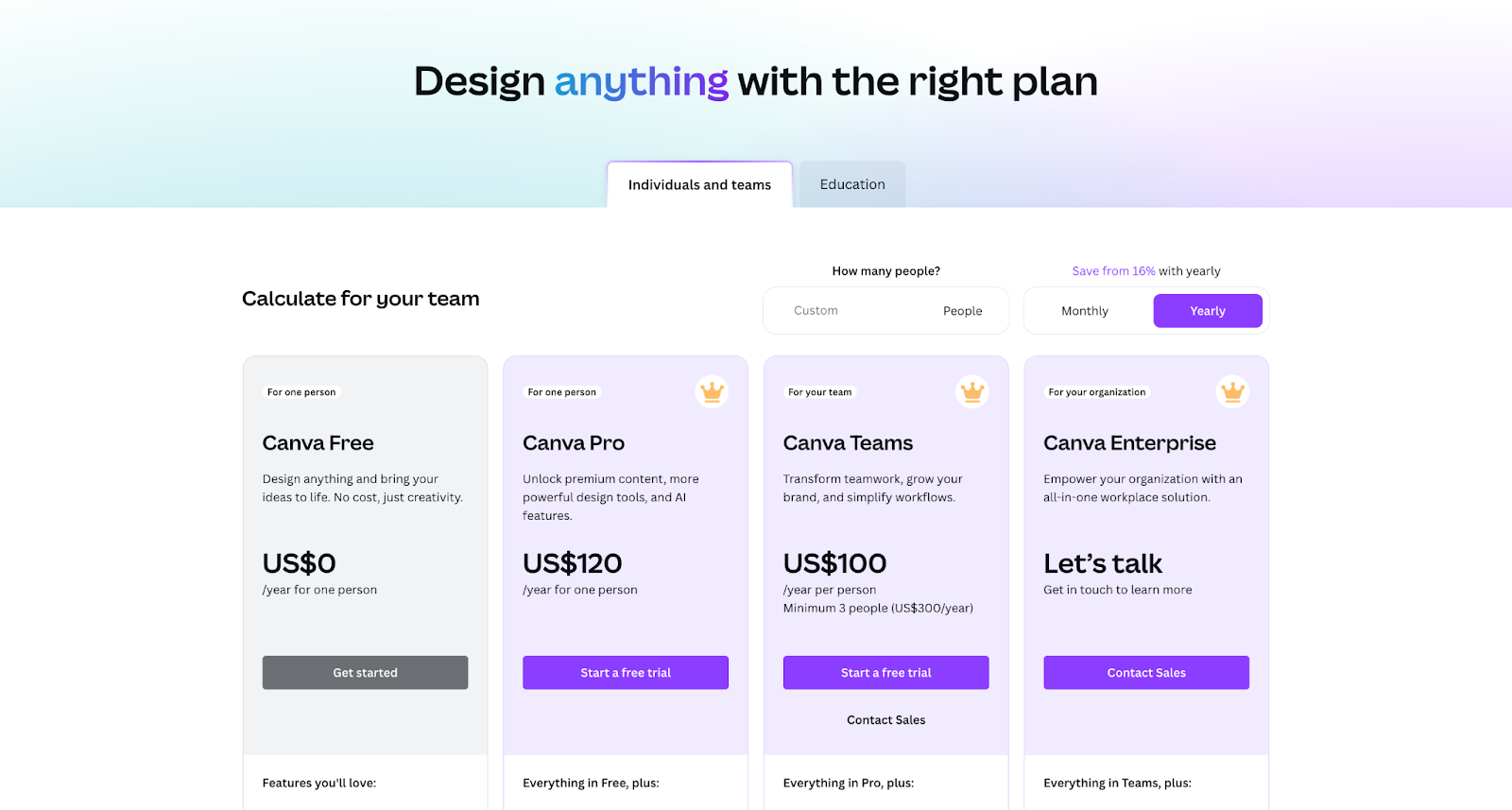There is a famous quote in the film Field of Dreams: “If you build it, he will come.” As creators, we often wonder if the same is true: If we build our online courses and/or digital products, will the customers come?
When our dreams of creative freedom are bound to financial realities, it can put a lot of pressure on the “building”, or content creation, process. Creators have a lot on their plates and can use support wherever they can get it. One solution to working smarter, not harder, is to streamline your income with recurring revenue. In fact, it can bring your business from hustling to smooth sailing.
In this article, we’ll cover what recurring revenue is and why creators need it, as well as recurring revenue models, strategies, and tools for execution. Learn why recurring revenue is the key to sustainable growth as a content creator—and how to make it work for you.
What is recurring revenue (and why creators need it)
As its name indicates, recurring revenue is revenue that is generated on a recurring, or regular, basis. This could be monthly recurring revenue (MRR), for instance, although the auto-renewing terms can also be flexible: weekly, bi-monthly, annually, etc.
Before we dive into types of recurring revenue model examples, consider the benefits of having recurring income.
- Consistency: While some create content as a side hustle, complementing other sources of income, others create content as an alternative to a traditional 9-5 job. With recurring income, including passive income, you’re essentially getting yourself back on payroll, if you will, but on your own terms. A predictable stream of income offers stability and allows you to plan for the future.
- Freedom: Additionally, as mentioned above, knowing what income to expect means stressing less about numbers frees up time and space for creativity. This might mean more free time for work-life balance or scaling your business to expand your offerings.
- Community: Meanwhile, recurring revenue means having customers that are committed to your offerings, allowing you to cultivate deeper connections with your community.
Types of recurring revenue
Now that we’ve explored what recurring revenue is and why you’d want to implement it, let’s take a look at recurring revenue model examples that might be right for you and your business. The following types of monetization for creators can apply to physical or non-physical products, and you might consider a combination of subscription business models, depending on what feels most aligned for your unique offerings.
Subscription boxes
While subscription boxes were once a novelty, offering goodies and treats in various niches, they’re becoming more and more practical. Even big box e-tailers like Amazon have incorporated a “subscribe and save” option at checkout to take advantage of recurring revenue. Customers are inclined to subscribe, especially when it offers convenience to their daily lives. For instance, dog food companies like The Farmer’s Dog and JustFoodForDogs offer healthy meal options and save their customers a trip to the pet food store.
Subscription boxes are ideal for delivering physical products. When considering if this is a recurring revenue model that can work for your business, put your intended audience first: How will this support them? How will it solve a problem or make their lives easier? In addition to creating high-quality products, consider how a subscription box will best serve customers.

Memberships & content tiers
Whether you create physical or non-physical products, memberships and content tiers are a great way to earn recurring revenue. A membership offers your customers exclusive access to your content. Offering tiers makes membership accessible to more people, depending on their wants, needs, and budgets.
An example of this for physical products is Rent the Runway. Different tiers offer you access to a different number of designer apparel and accessories. The higher the rate you select, the greater the access you have.
Online courses (beyond one-time sales)
If you already have a course you’ve created or are thinking about course creation, consider how you can go beyond a one-time transaction. This might look like offering access to your course for a recurring fee, continuing to release bonus videos or modules after a course has ended, or maintaining an accountability group (see community membership below).
Community memberships
For many offerings, the online community is an important feature to highlight. The collective wisdom in the container you’re creating can be something to center your membership around, especially if your audience could benefit from accountability. This type of membership is common in a wide range of lifestyle topics, including business and marketing, dating and relationships, fitness and well-being, and more. Be mindful that offering a community membership will require you to keep your community engaged and connected.
Subscription-based coaching or consulting
If you’re a coach or consultant, offering your services as a subscription is a way to guarantee your clients continuing booking appointments. You might consider offering an incentive to book in advance, for instance a package with a set amount of appointments. You might even have a recurring revenue model as the primary way to book an appointment, so that clients can only book on a recurring basis—and of course have the option to pause or cancel as necessary. While this might create more administrative work (i.e. back and forth communications to answer questions, manually having to pause, etc.), you can strategize how to effectively communicate how the subscription works. Ultimately, you can decide if a little extra administrative work is worth a more consistent revenue stream.

SaaS product
SaaS is “software as a service.” Offering a SaaS product as recurring revenue might look like offering access as long as a customer remains subscribed. Similar to memberships, this might include tiered plans that offer different features.
Wrap up
Now that we’ve explored what recurring revenue is, why it’s important, and different subscription business models, you might be wondering how to actually implement a recurring revenue model for your business. Fortunately, it’s an increasingly popular need that businesses have, so many different platforms accept recurring revenue, meaning you don’t have to keep track or do the administrative work every month / term. Payment apps, including PayPal and Stripe, allow you to set-up recurring payments. We have the functionality to implement recurring payments on your Teachable account. Meanwhile, website hosting platforms, such as Squarespace, and marketing platforms, like Kajabi, also have similar features.
While certain recurring revenue models may be more suitable for certain niches, there isn’t a one-size-fits-all method for a niche. Just as you have your own unique offerings and skill set, so, too, can different types of recurring revenue be tailored to different niches. The best way to start is to center your audience and what will best serve them.
Tags:










